Optimal Timing for Outdoor Walkway Projects
Outdoor walkway constructions are influenced by seasonal weather patterns, which impact project timelines and quality. Understanding the optimal periods for construction can lead to better durability and cost efficiency.
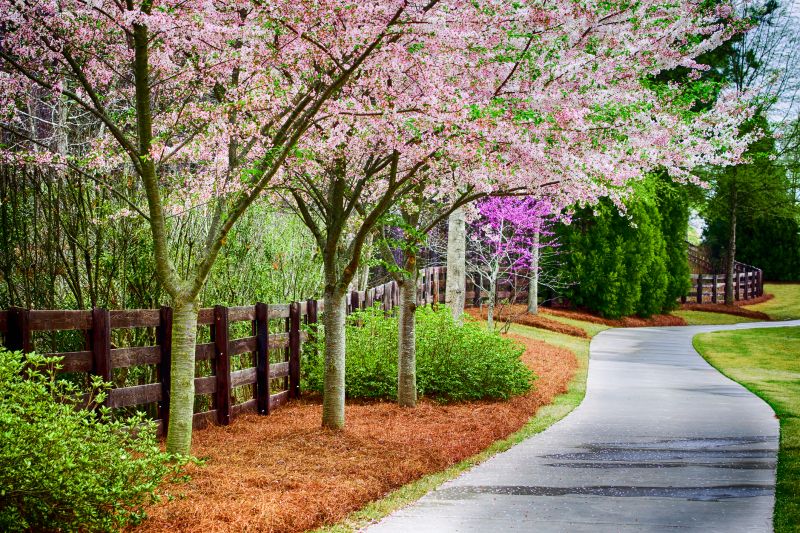
Spring offers moderate temperatures and longer daylight hours, ideal for outdoor projects.
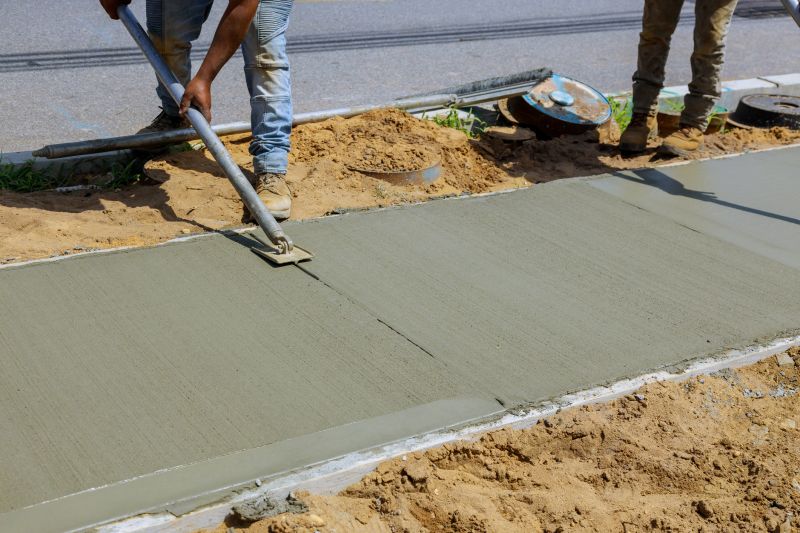
Summer provides warm weather, but high temperatures can affect curing times and material handling.
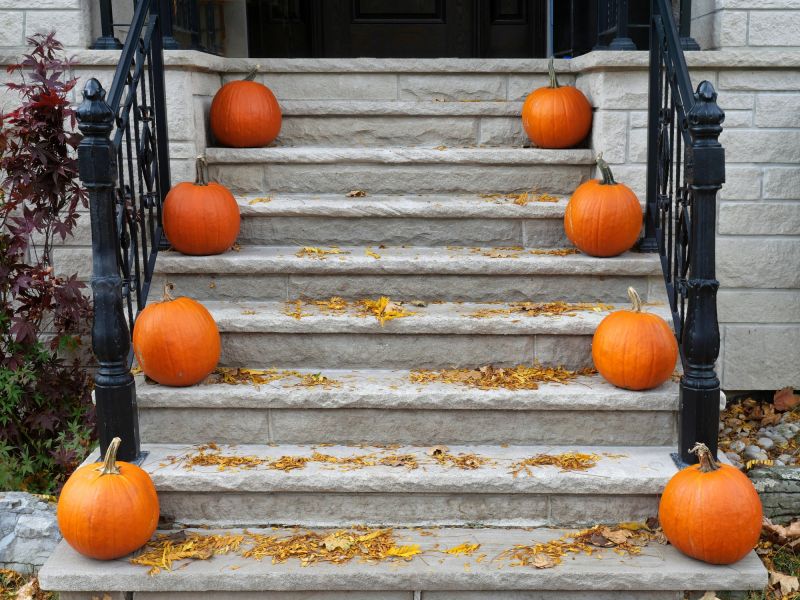
Fall features cooler temperatures and less precipitation, suitable for outdoor walkway work.
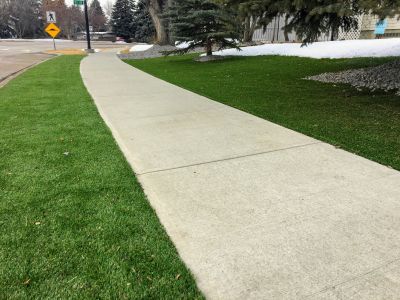
Ways to make Outdoor Walkway Constructions work in tight or awkward layouts.
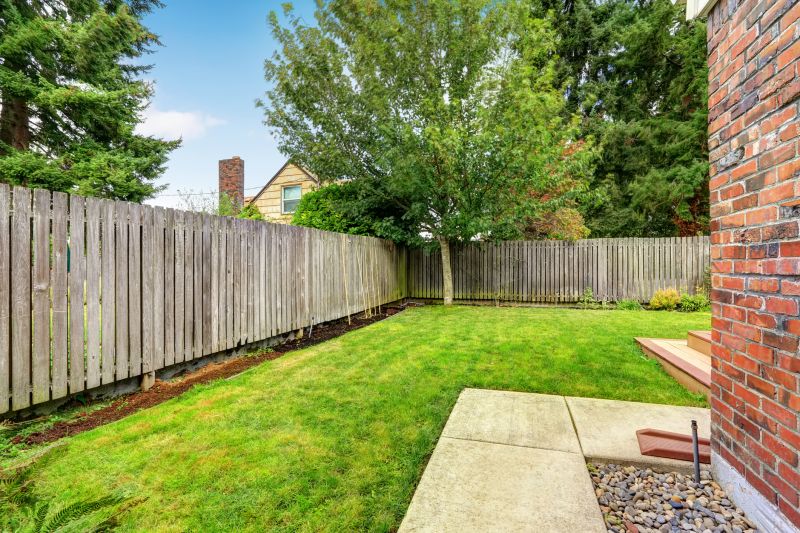
Popular materials for Outdoor Walkway Constructions and why they hold up over time.
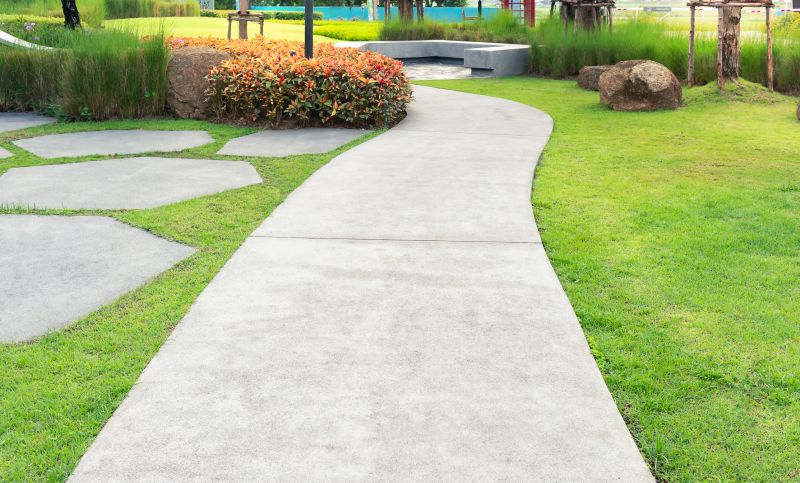
Simple add-ons that improve Outdoor Walkway Constructions without blowing the budget.
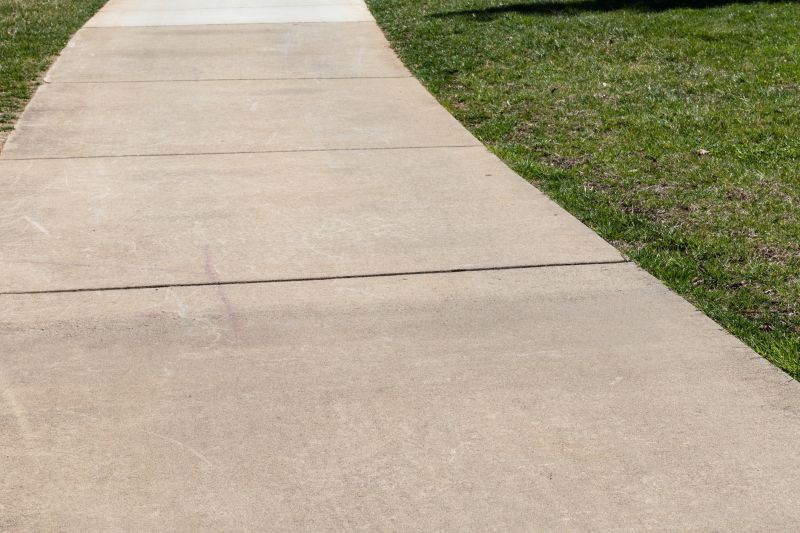
High-end options that actually feel worth it for Outdoor Walkway Constructions.
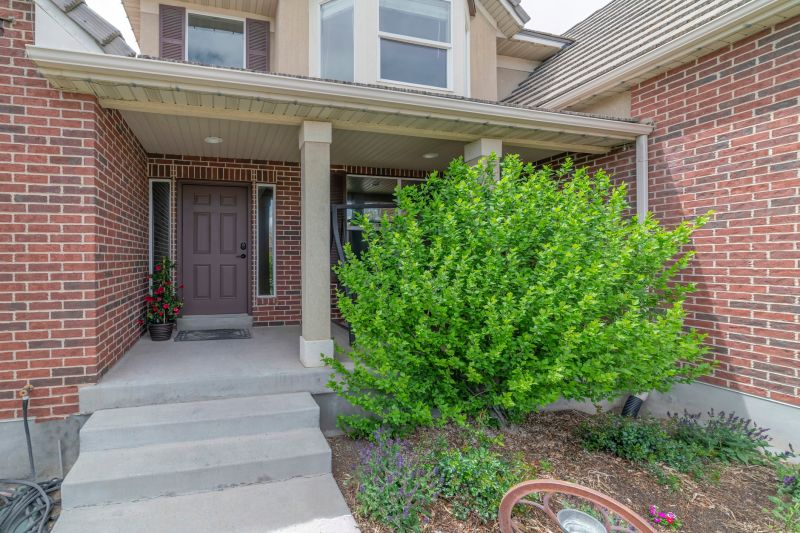
Finishes and colors that play nicely with Outdoor Walkway Constructions.
The best time for outdoor walkway construction typically aligns with moderate weather conditions, avoiding extreme cold or heat. Spring and fall are generally preferred due to optimal temperatures and lower precipitation levels. Summer can be suitable but requires careful planning to mitigate heat-related challenges.
Temperature affects material curing and setting times, influencing project quality and duration.
Rain can delay construction and compromise material integrity, making dry seasons preferable.
Planning projects during stable weather periods reduces delays and additional costs.
Materials like concrete perform best within specific temperature ranges, ensuring longevity.
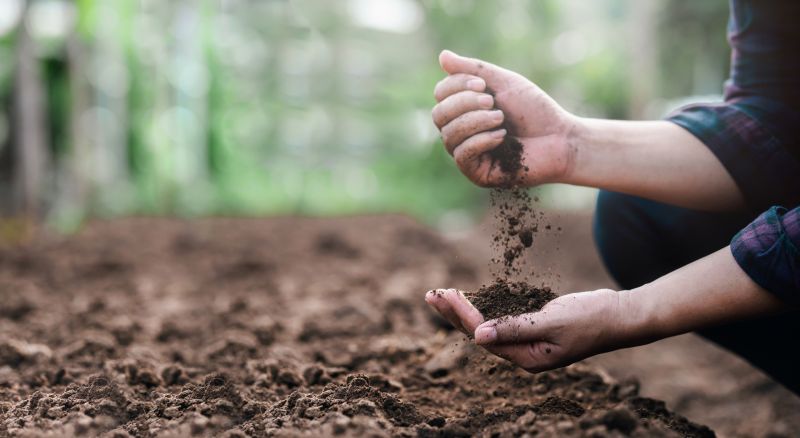
Preparing sites during spring ensures readiness for optimal construction conditions.
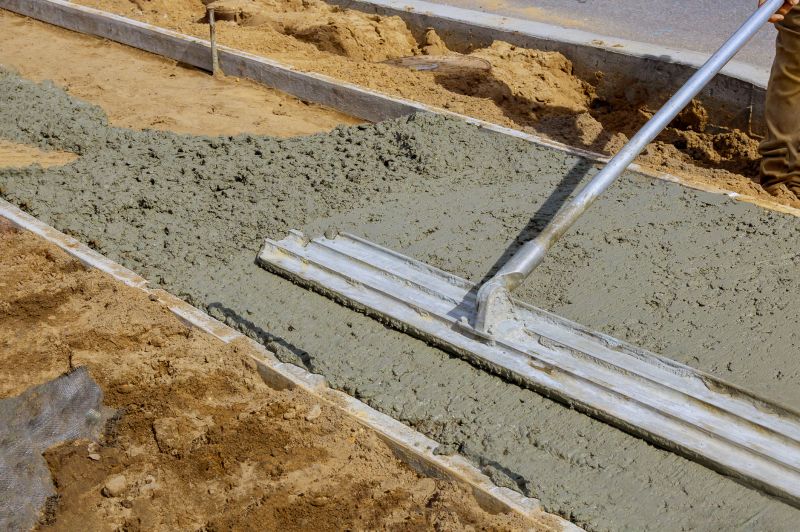
Summer involves active construction phases with careful management of heat exposure.
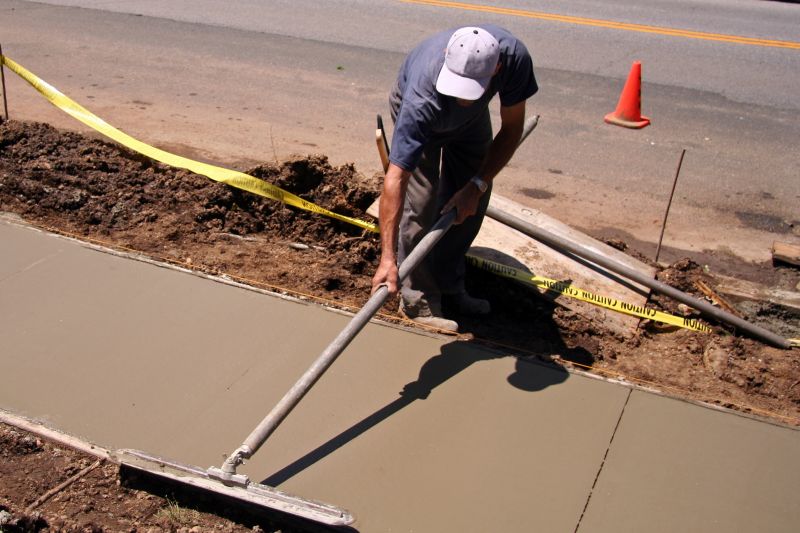
Completing projects in fall utilizes favorable weather for final touches.
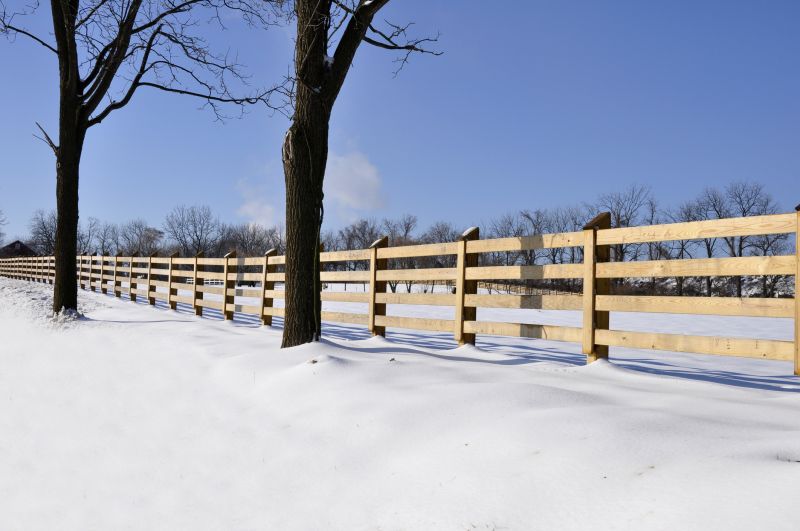
Winter requires special considerations due to cold temperatures and potential frost.
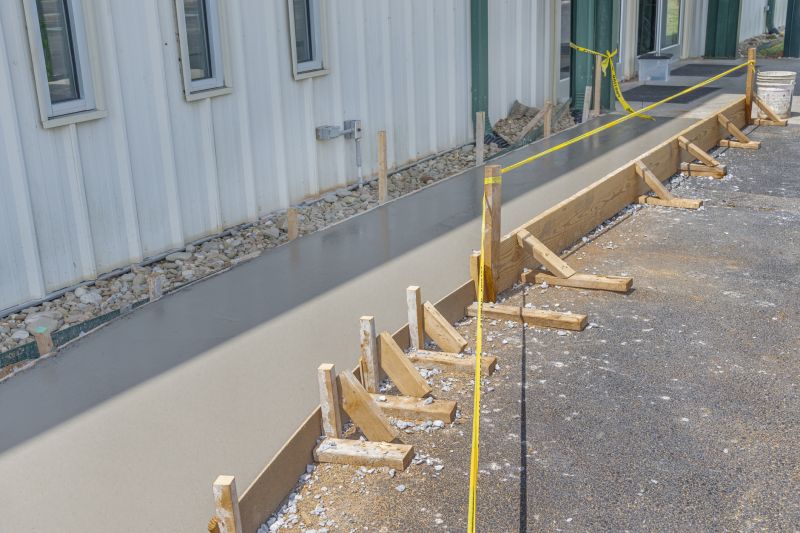
Little measurements that prevent headaches on Outdoor Walkway Constructions day.
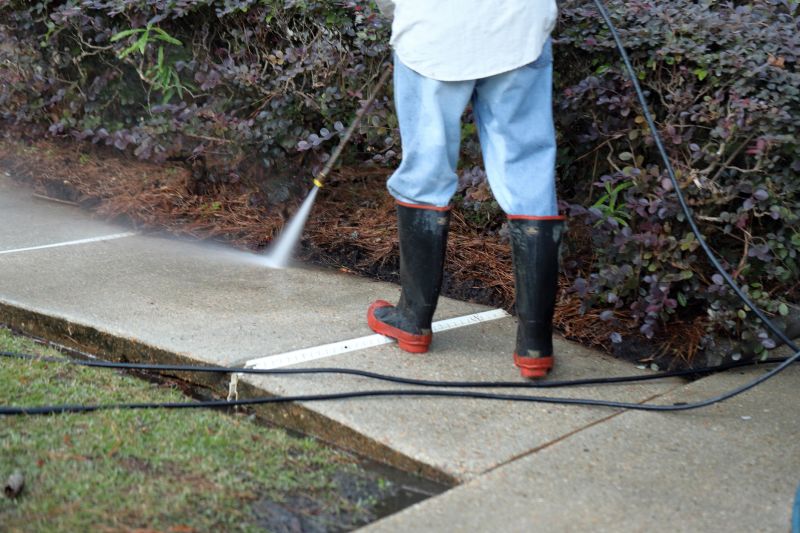
A 60-second routine that keeps Outdoor Walkway Constructions looking new.
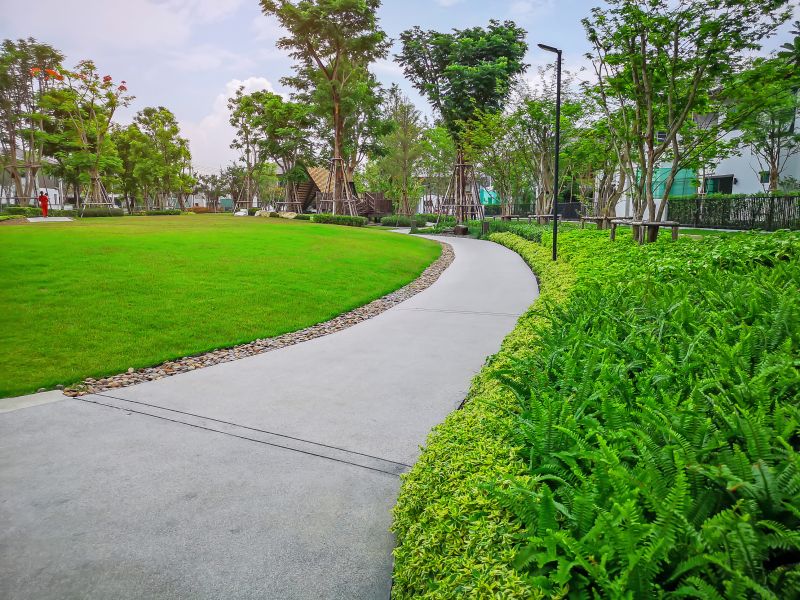
A frequent mistake in Outdoor Walkway Constructions and how to dodge it.
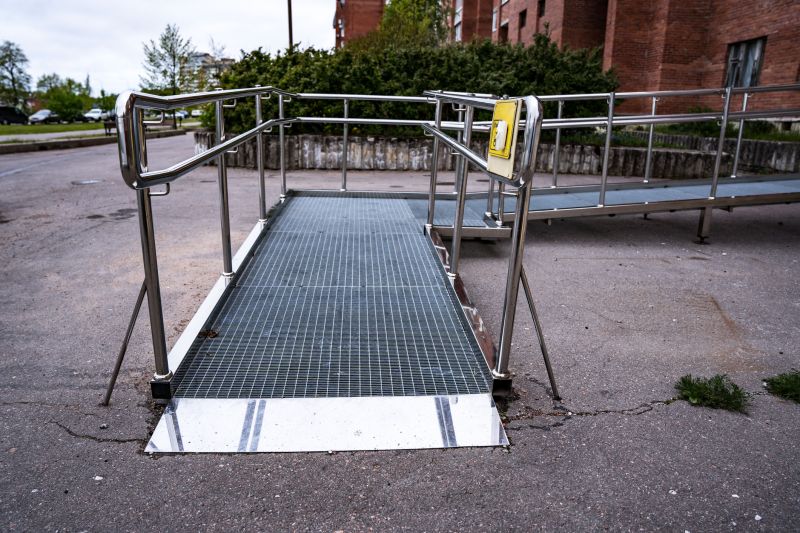
Small tweaks to make Outdoor Walkway Constructions safer and easier to use.
| Season | Ideal for Outdoor Walkway Constructions |
|---|---|
| Spring | Yes |
| Summer | Conditional |
| Fall | Yes |
| Winter | Limited |
Outdoor walkway construction involves various factors such as climate, material properties, and workforce availability. Proper planning and timing can enhance project outcomes, reduce delays, and optimize costs. Seasonal considerations are essential for ensuring the durability and safety of the constructed walkways.
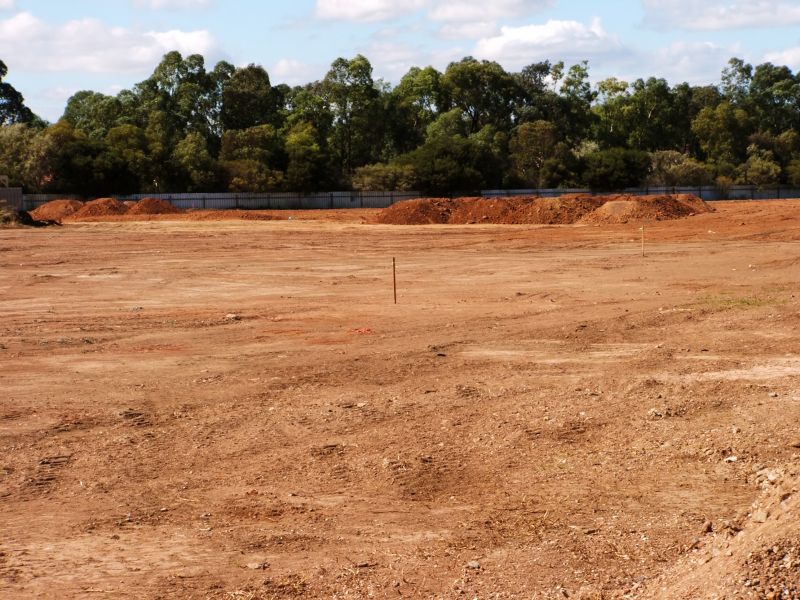
Spring is ideal for site clearing and groundwork due to favorable weather.
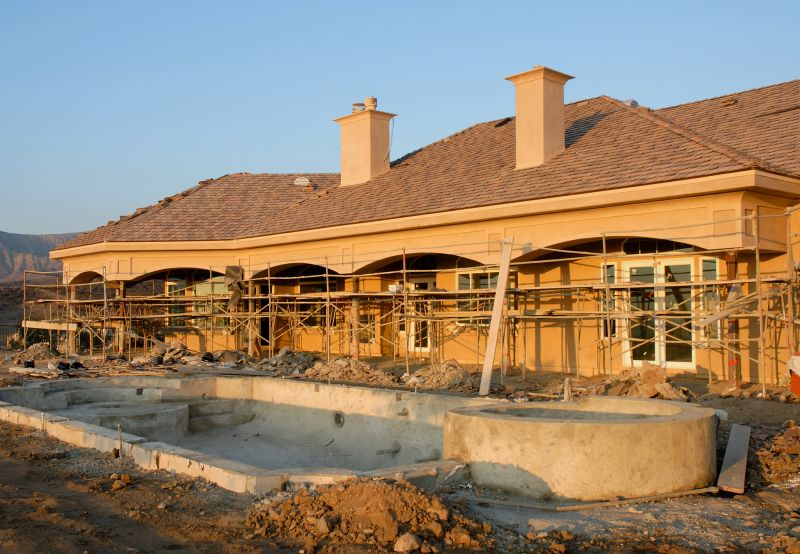
Summer allows for extended working hours but requires measures against heat.
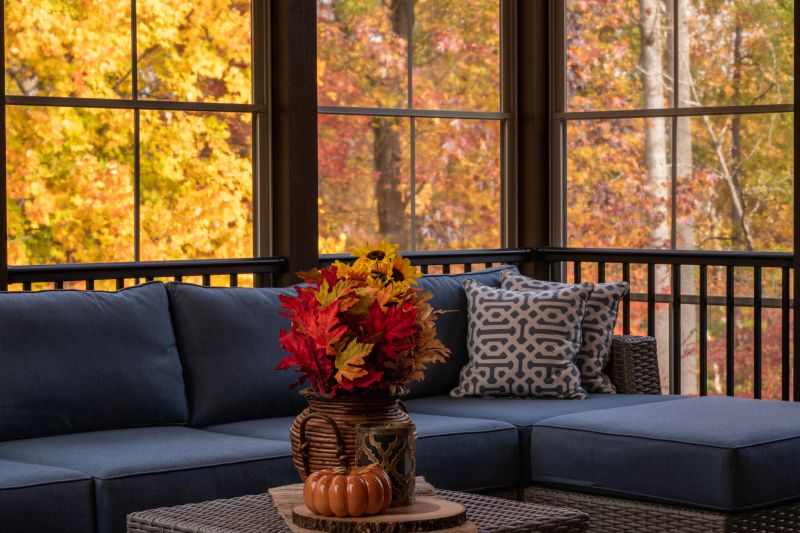
Fall provides a good window for finishing touches before winter.
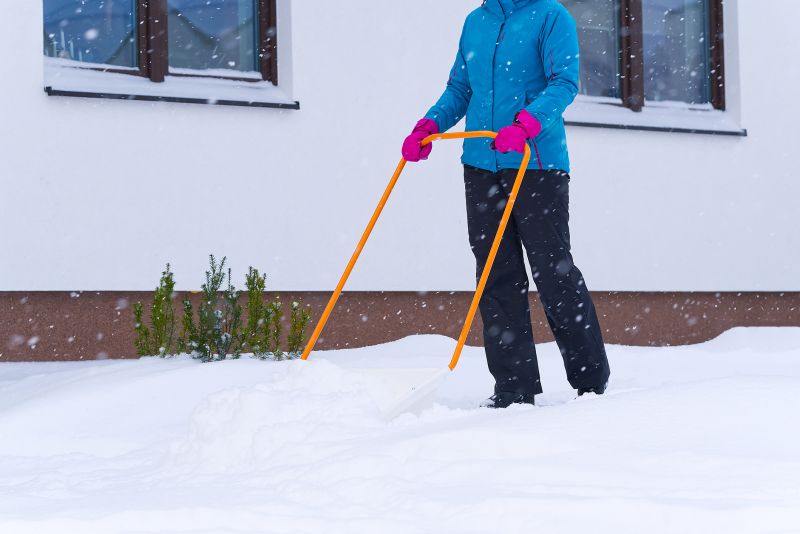
Winter conditions can hinder progress and require specialized techniques.
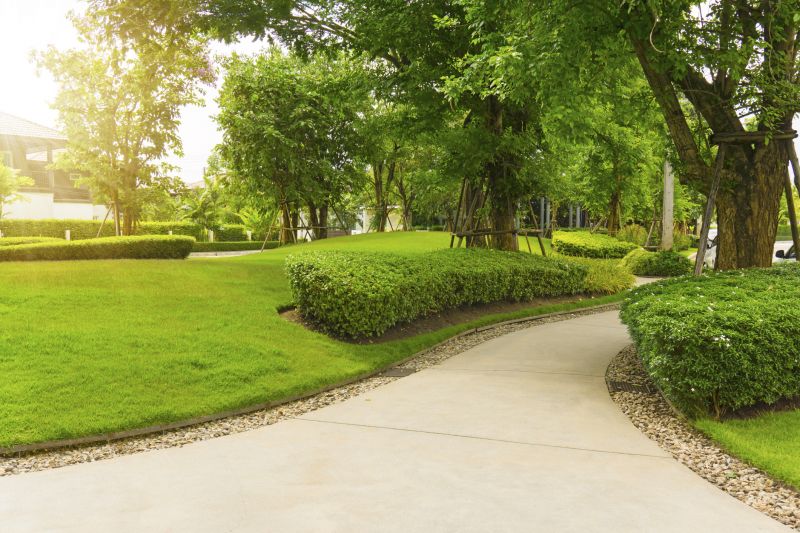
Lower-waste or water-saving choices for Outdoor Walkway Constructions.
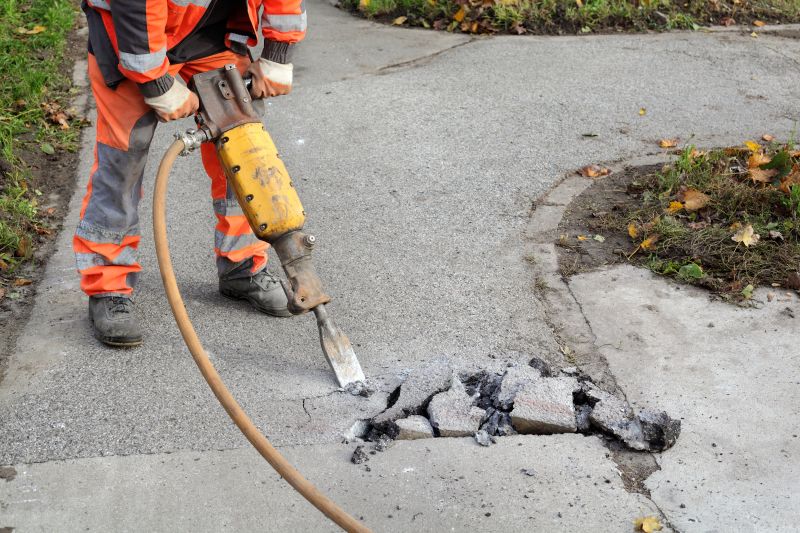
The short, realistic tool list for quality Outdoor Walkway Constructions.
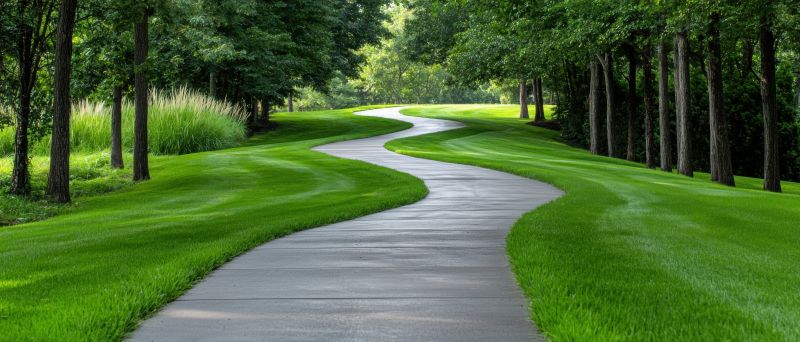
Rough timing from prep to clean-up for Outdoor Walkway Constructions.
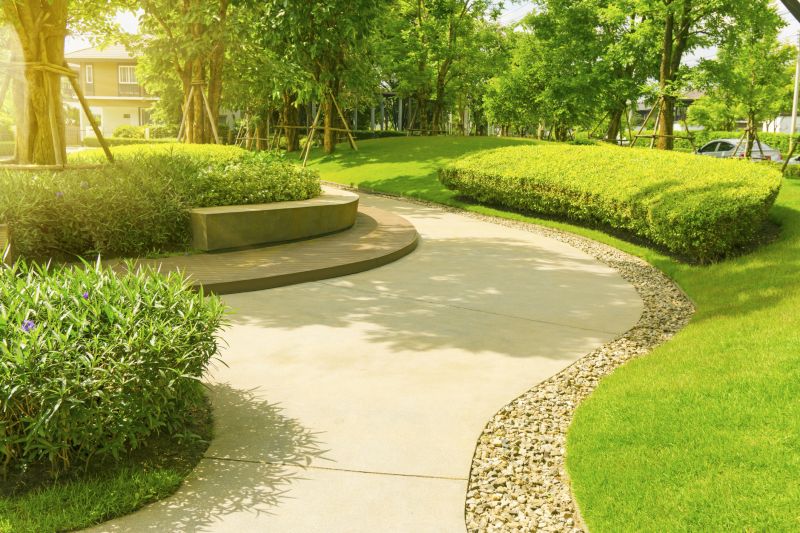
Quick checks and paperwork to keep after Outdoor Walkway Constructions.
Choosing the right time for outdoor walkway projects ensures optimal material performance, workforce efficiency, and long-term durability. Proper scheduling based on seasonal weather patterns is a key component of successful construction planning.
Interested in outdoor walkway constructions? Filling out the contact form can provide tailored information and assistance for scheduling and project planning.
